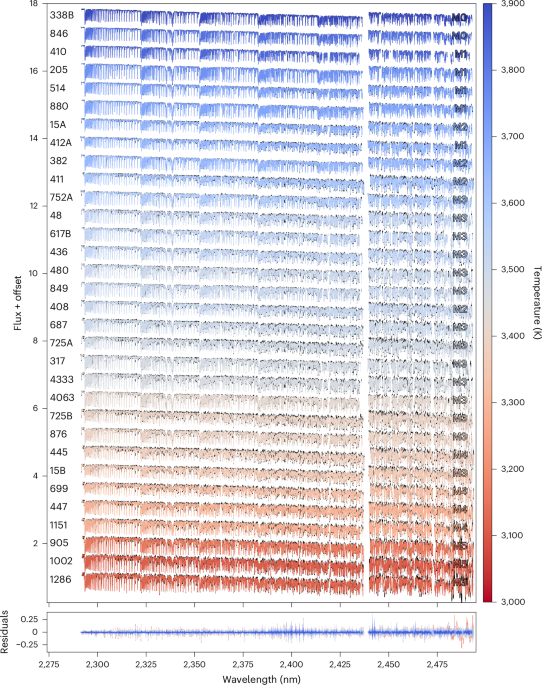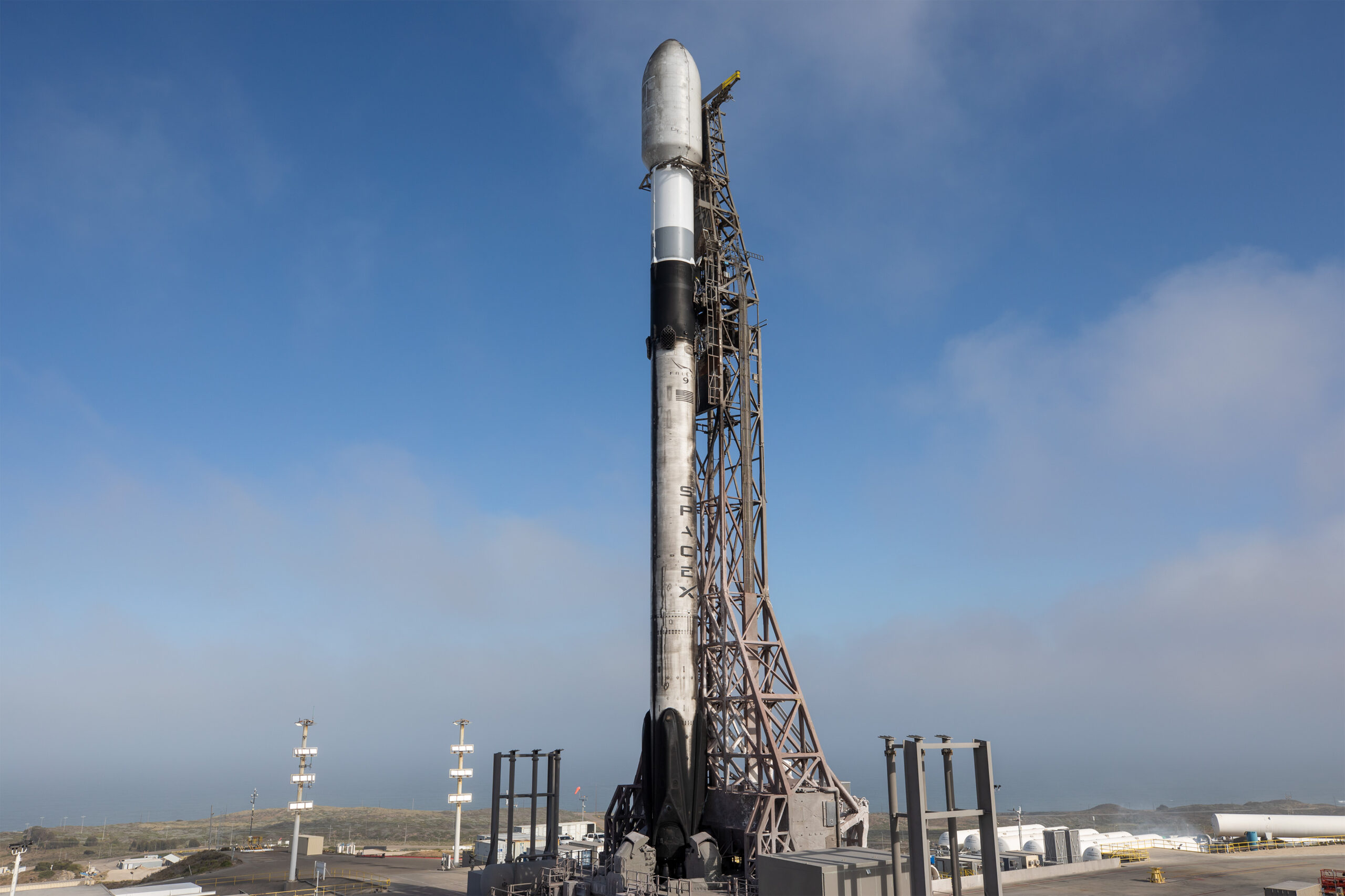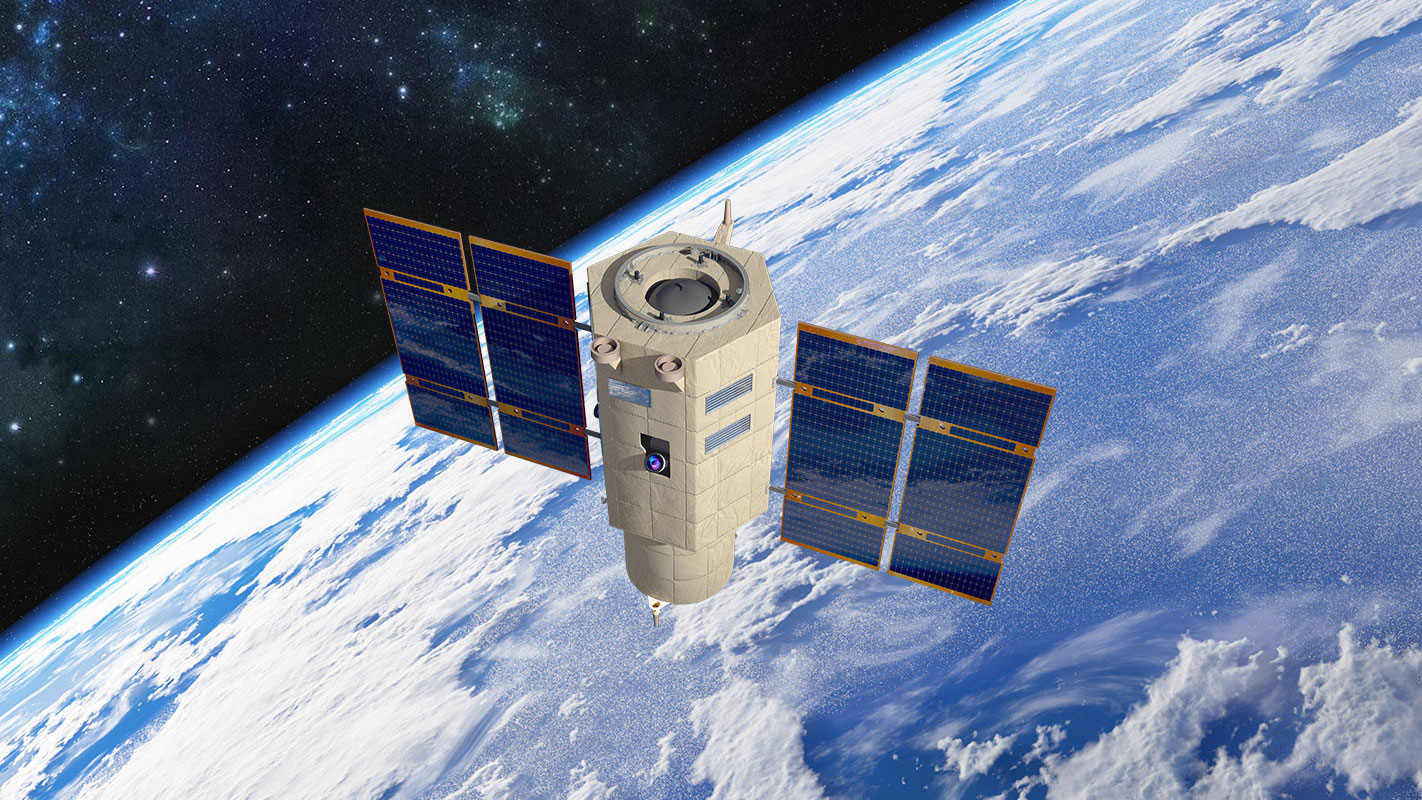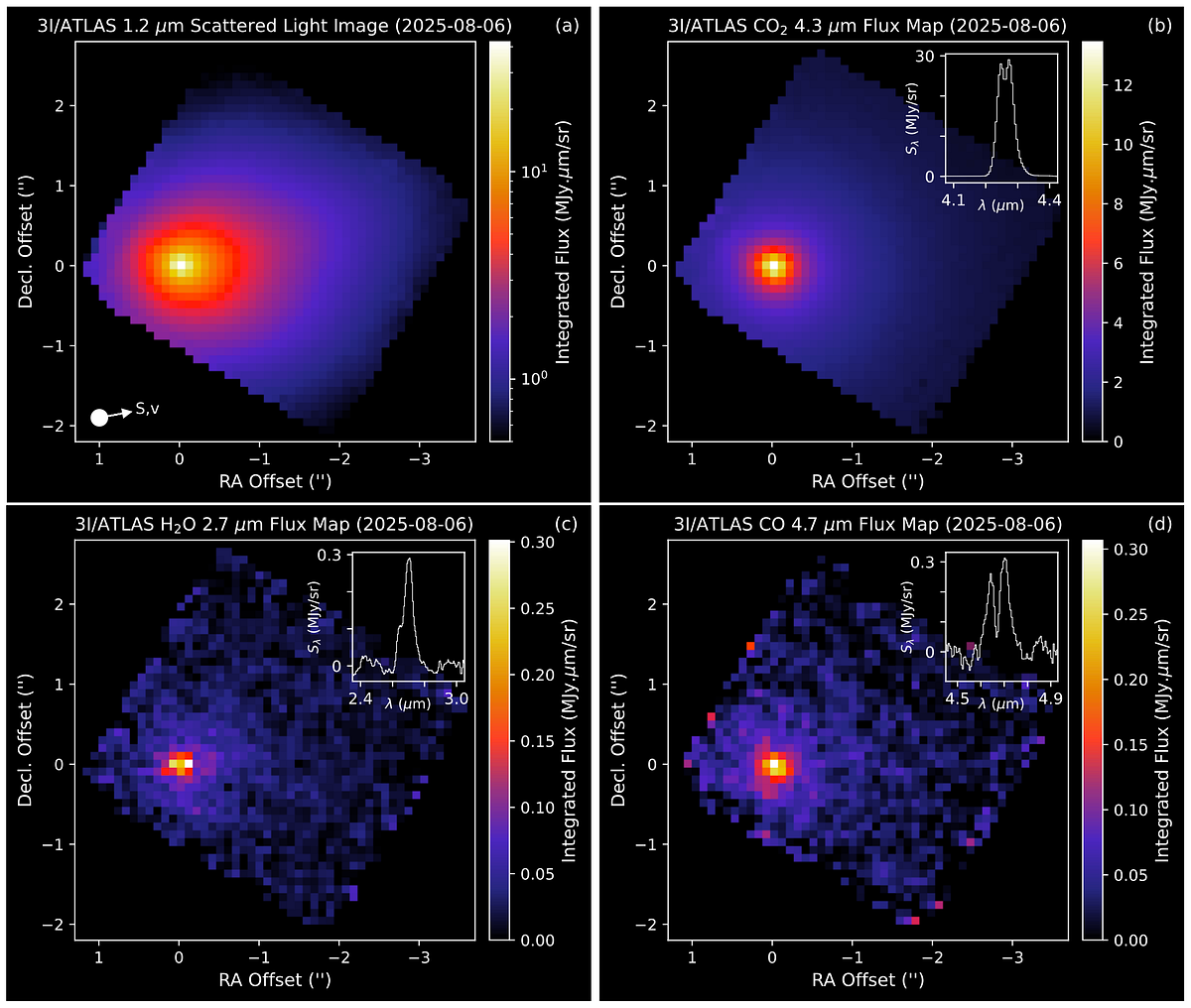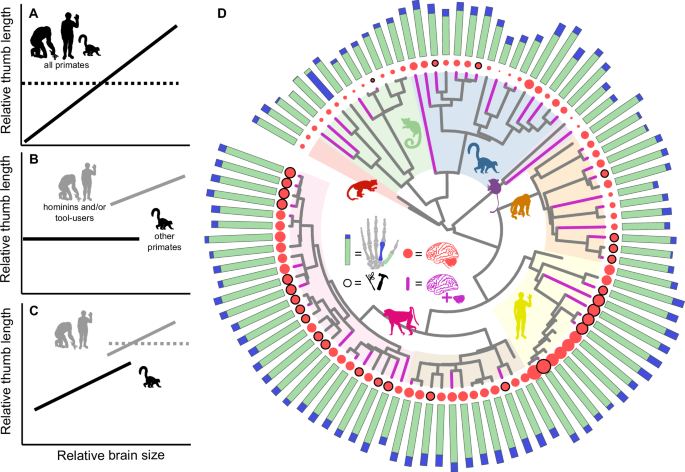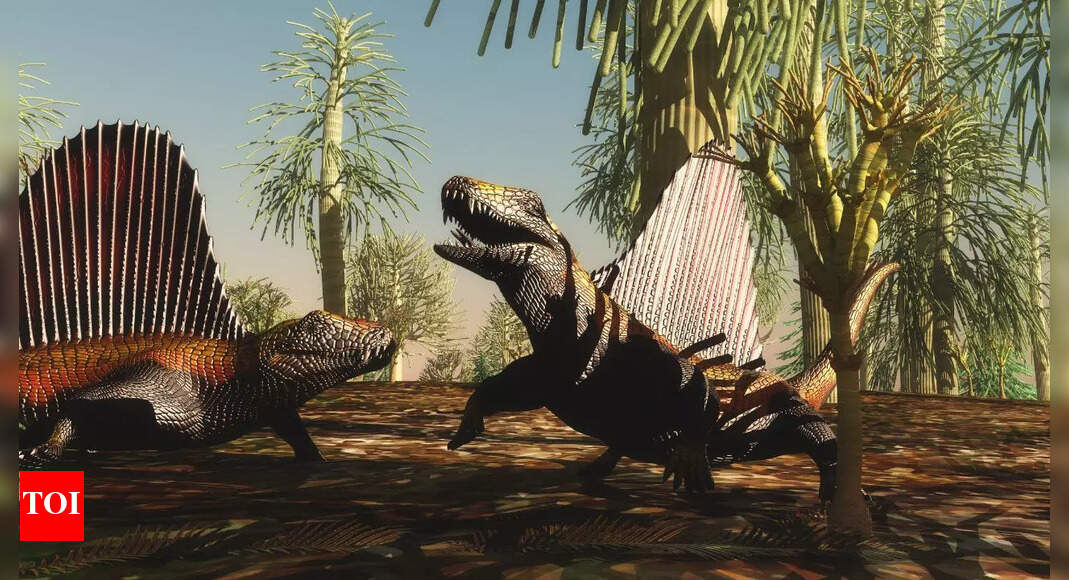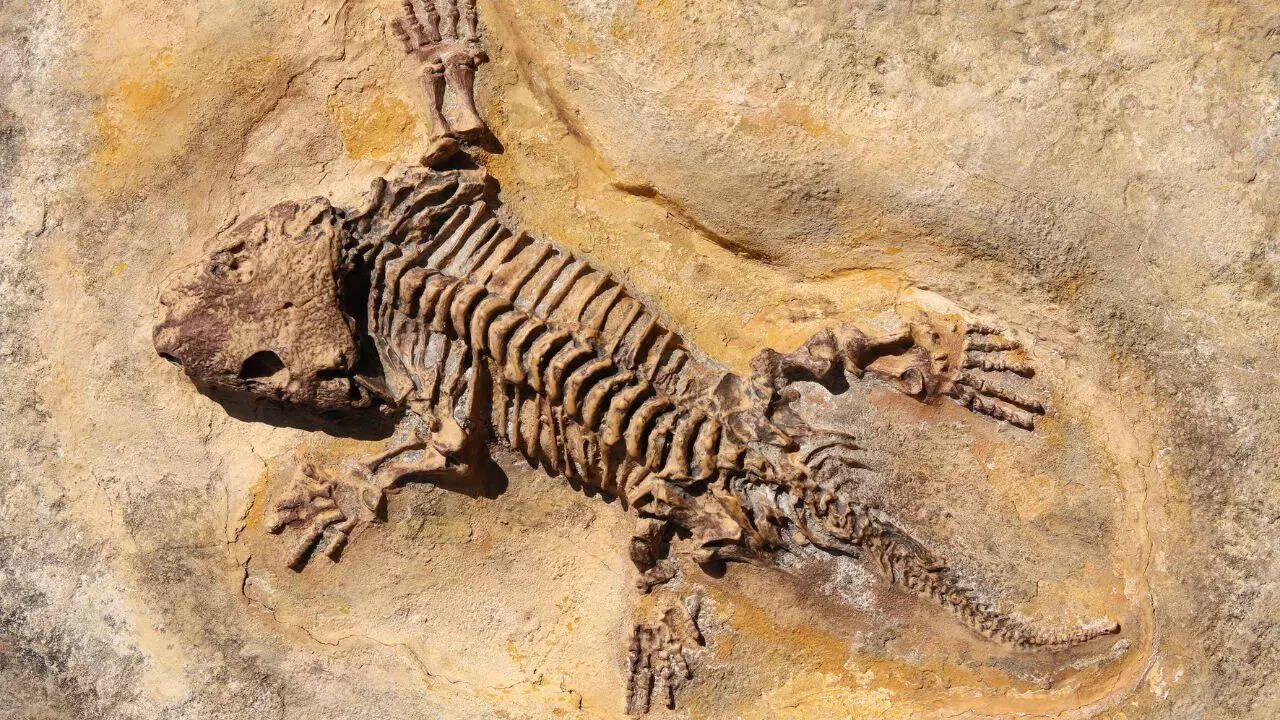Henry, T. J., Kirkpatrick, J. D. & Simons, D. A. The Solar Neighborhood. I. Standard spectral types (K5–M8) for northern dwarfs within eight parsecs. Astron. J. 108, 1437 (1994).
Google Scholar
Reylé, C. et al. The 10 parsec sample in the Gaia era. Astron. Astrophys. 650, A201 (2021).
Hayashi, C. & Nakano, T. Evolution of stars of small masses in the pre-main-sequence stages. Prog. Theor. Phys. 30, 460–474 (1963).
Google Scholar
Tsuji, T. Near-infrared spectroscopy of M dwarfs. IV. A preliminary survey on the carbon isotopic ratio in M dwarfs. Publ. Astron. Soc. Jpn 68, 84 (2016).
Google Scholar
Zhang, Y. et al. 13CO-rich atmosphere of a young accreting super-Jupiter. Nature 595, 370–372 (2021).
Google Scholar
Xuan, J. W. et al. Validation of elemental and isotopic abundances in late-M spectral types with the benchmark HIP 55507 AB system. Astrophys. J. 962, 10 (2024).
Google Scholar
Botelho, R. B. et al. Carbon, isotopic ratio 12C/13C, and nitrogen in solar twins: constraints for the chemical evolution of the local disc. Mon. Not. R. Astron. Soc. 499, 2196–2213 (2020).
Google Scholar
Crossfield, I. J. M. et al. Unusual isotopic abundances in a fully convective stellar binary. Astrophys. J. 871, L3 (2019).
Google Scholar
Prantzos, N., Aubert, O. & Audouze, J. Evolution of the carbon and oxygen isotopes in the Galaxy. Astron. Astrophys. 309, 760–774 (1996).
Google Scholar
Romano, D. & Matteucci, F. Nova nucleosynthesis and galactic evolution of the CNO isotopes. Mon. Not. R. Astron. Soc. 342, 185–198 (2003).
Google Scholar
Zhang, Z.-Y., Romano, D., Ivison, R. J., Papadopoulos, P. P. & Matteucci, F. Stellar populations dominated by massive stars in dusty starburst galaxies across cosmic time. Nature 558, 260–263 (2018).
Google Scholar
Romano, D. The evolution of CNO elements in galaxies. Astron. Astrophys. Rev. 30, 7 (2022).
Google Scholar
Donati, J.-F. et al. SPIRou: NIR velocimetry and spectropolarimetry at the CFHT. Mon. Not. R. Astron. Soc. 498, 5684–5703 (2020).
Google Scholar
Cristofari, P. I. et al. Measuring small-scale magnetic fields of 44 M dwarfs from SPIRou spectra with ZeeTurbo. Mon. Not. R. Astron. Soc. 526, 5648–5674 (2023).
Google Scholar
Engle, S. G. & Guinan, E. F. Living with a red dwarf: the rotation–age relationships of M dwarfs. Astrophys. J. Lett. 954, L50 (2023).
Google Scholar
Romano, D. et al. The Gaia-ESO survey: galactic evolution of lithium from iDR6. Astron. Astrophys. 653, A72 (2021).
Cristofari, P. I. et al. Estimating fundamental parameters of nearby M dwarfs from SPIRou spectra. Mon. Not. R. Astron. Soc. 511, 1893–1912 (2022).
Google Scholar
Mollière, P. et al. petitRADTRANS: a Python radiative transfer package for exoplanet characterization and retrieval. Astron. Astrophys. 627, A67 (2019).
Kitzmann, D., Stock, J. W. & Patzer, A. B. C. FASTCHEM COND: equilibrium chemistry with condensation and rainout for cool planetary and stellar environments. Mon. Not. R. Astron. Soc. 527, 7263–7283 (2023).
Google Scholar
Kobayashi, C., Karakas, A. I. & Umeda, H. The evolution of isotope ratios in the Milky Way Galaxy. Mon. Not. R. Astron. Soc. 414, 3231–3250 (2011).
Google Scholar
Nomoto, K., Kobayashi, C. & Tominaga, N. Nucleosynthesis in stars and the chemical enrichment of galaxies. Ann. Rev. Astron. Astrophys. 51, 457–509 (2013).
Google Scholar
Renzini, A. & Voli, M. Advanced evolutionary stages of intermediate-mass stars. I – Evolution of surface compositions. Astron. Astrophys. 94, 175 (1981).
Google Scholar
Wiescher, M., Görres, J., Uberseder, E., Imbriani, G. & Pignatari, M. The cold and hot CNO cycles. Ann. Rev. Nucl. Part. Sci. 60, 381–404 (2010).
Google Scholar
Karakas, A. I. & Lattanzio, J. C. The Dawes Review 2: nucleosynthesis and stellar yields of low- and intermediate-mass single stars. Publ. Astron. Soc. Aust. 31, e030 (2014).
Google Scholar
Hirschi, R. Very low-metallicity massive stars: pre-SN evolution models and primary nitrogen production. Astron. Astrophys. 461, 571–583 (2007).
Google Scholar
Limongi, M. & Chieffi, A. Presupernova evolution and explosive nucleosynthesis of rotating massive stars in the metallicity range −3 ≤ [Fe/H] ≤ 0. Astrophys. J. Suppl. 237, 13 (2018).
Google Scholar
Romano, D., Karakas, A. I., Tosi, M. & Matteucci, F. Quantifying the uncertainties of chemical evolution studies – II. Stellar yields. Astron. Astrophys. 522, A32 (2010).
Google Scholar
Meynet, G., Ekström, S. & Maeder, A. The early star generations: the dominant effect of rotation on the CNO yields. Astron. Astrophys. 447, 623–639 (2006).
Google Scholar
Chiappini, C. et al. A new imprint of fast rotators: low 12C/13C ratios in extremely metal-poor halo stars. Astron. Astrophys. 479, L9–L12 (2008).
Google Scholar
Spite, M., Spite, F. & Barbuy, B. 12C/13C ratio and CNO abundances in the classical very old metal-poor dwarf HD 140283. Astron. Astrophys. 652, A97 (2021).
Google Scholar
Milam, S. N., Savage, C., Brewster, M. A., Ziurys, L. M. & Wyckoff, S. The 12C/13C isotope gradient derived from millimeter transitions of CN: the case for galactic chemical evolution. Astrophys. J. 634, 1126–1132 (2005).
Google Scholar
Kubryk, M., Prantzos, N. & Athanassoula, E. Radial migration in a bar-dominated disc galaxy – I. Impact on chemical evolution. Mon. Not. R. Astron. Soc. 436, 1479–1491 (2013).
Google Scholar
Fuhrmann, K., Chini, R., Kaderhandt, L. & Chen, Z. On the local stellar populations. Mon. Not. R. Astron. Soc. 464, 2610–2621 (2017).
Google Scholar
Mann, A. W., Feiden, G. A., Gaidos, E. & Boyajian, T. How to constrain your M dwarf: measuring effective temperature, bolometric luminosity, mass, and radius. Astrophys. J. 804, 64 (2015).
Google Scholar
Heger, A. & Woosley, S. E. The nucleosynthetic signature of population III. Astrophys. J. 567, 532–543 (2002).
Google Scholar
Wilson, T. L. Isotopes in the interstellar medium and circumstellar envelopes. Rep. Prog. Phys. 62, 143 (1999).
Google Scholar
Ayres, T. R., Lyons, J. R., Ludwig, H.-G., Caffau, E. & Wedemeyer-Böhm, S. Is the Sun lighter than the Earth? Isotopic CO in the photosphere, viewed through the lens of three-dimensional spectrum synthesis. Astrophys. J. 765, 46 (2013).
Google Scholar
Molaro, P. et al. The 12C/13C isotopic ratio at the dawn of chemical evolution. Astron. Astrophys. 679, A72 (2023).
Ryan, S. G., Aoki, W., Norris, J. E. & Beers, T. C. The origins of two classes of carbon-enhanced, metal-poor stars. Astrophys. J. 635, 349 (2005).
Google Scholar
Brandl, B. et al. METIS: the Mid-infrared ELT Imager and Spectrograph. The Messenger 182, 22–26 (2021).
Google Scholar
Jakobsen, P. et al. The Near-Infrared Spectrograph (NIRSpec) on the James Webb Space Telescope: I. Overview of the instrument and its capabilities. Astron. Astrophys. 661, A80 (2022).
Gardner, J. P. et al. The James Webb Space Telescope. Space Sci. Rev. 123, 485–606 (2006).
Google Scholar
Cristofari, P. I. et al. Estimating the atmospheric properties of 44 M dwarfs from SPIRou spectra. Mon. Not. R. Astron. Soc. 516, 3802–3820 (2022).
Google Scholar
Cristofari, P. I. et al. Constraining atmospheric parameters and surface magnetic fields with ZeeTurbo: an application to SPIRou spectra. Mon. Not. R. Astron. Soc. 522, 1342–1357 (2023).
Google Scholar
Cook, N. J. et al. APERO: A PipelinE to Reduce Observations—demonstration with SPIRou. Publ. Astron. Soc. Pac. 134, 114509 (2022).
Google Scholar
Tennyson, J. et al. The 2024 release of the ExoMol database: molecular line lists for exoplanet and other hot atmospheres. J. Quant. Spectrosc. Radiat. Transf. 326, 109083 (2024).
Rothman, L. S. et al. HITEMP, the high-temperature molecular spectroscopic database. J. Quant. Spectrosc. Radiat. Transf. 111, 2139–2150 (2010).
Google Scholar
Kurucz, R. L. in Stellar Atmospheres: Beyond Classical Models NATO ASI Series (eds Crivellari, L. et al.) 441–448 (Springer, 1991).
Kramida, A., Ralchenko, Yu., Reader, J. & NIST ASD Team. NIST Atomic Spectra Database (version 5.12) (National Institute of Standards and Technology, 2024); https://doi.org/10.18434/T4W30F
Zhang, Y. et al. Elemental abundances of the super-Neptune WASP-107b from Hubble and Spitzer photometry. Astron. J. 165, 62 (2023).
Google Scholar
González Picos, D. et al. The ESO SupJup Survey – II. The 12C/13C isotope ratios of three young brown dwarfs with CRIRES+. Astron. Astrophys. 689, A212 (2024).
Czesla, S. et al. PyA: Python astronomy-related packages (Astrophysics Source Code Library, 2019).
Husser, T.-O. et al. A new extensive library of PHOENIX stellar atmospheres and synthetic spectra. Astron. Astrophys. 553, A6 (2013).
Grant, D. & Wakeford, H. ExoTiC-LD: thirty seconds to stellar limb-darkening coefficients. J. Open Source Softw. 9, 6816 (2024).
Hauschildt, P. H., Allard, F. & Baron, E. The NextGen model atmosphere grid for 3000 ≤ Teff ≤ 10,000 K. Astrophys. J. 512, 377 (1999).
Google Scholar
Hahlin, A. et al. Multi-scale magnetic field investigation of the M-dwarf eclipsing binary CU Cancri. Astron. Astrophys. 684, A175 (2024).
Ruffio, J.-B. et al. Detecting exomoons from radial velocity measurements of self-luminous planets: application to observations of HR 7672 B and future prospects. Astron. J. 165, 113 (2023).
Google Scholar
Feroz, F., Hobson, M. P., Cameron, E. & Pettitt, A. N. Importance nested sampling and the MultiNest Algorithm. Open J. Astrophys. 2, 10 (2019).
Buchner, J. PyMultiNest: Python interface for MultiNest (Astrophysics Source Code Library, 2016).
Lawson, C. L. & Hanson, R. J. Solving Least Squares Problems (Society for Industrial and Applied Mathematics, 1995).
Kass, R. E. & Raftery, A. E. Bayes factors. J. Am. Stat. Assoc. 90, 773–795 (1995).
Google Scholar
Benneke, B. & Seager, S. How to distinguish between cloudy mini-Neptunes and water/volatile-dominated super-Earths. Astrophys. J. 778, 153 (2013).
Google Scholar
de Regt, S. et al. The ESO SupJup Survey – I. Chemical and isotopic characterisation of the late L-dwarf DENIS J0255-4700 with CRIRES+. Astron. Astrophys. 688, A116 (2024).
Polyansky, O. L. et al. ExoMol molecular line lists XIX: high-accuracy computed hot line lists for ({{rm{H}}}_{2}^{18}rm{O}) and ({{rm{H}}}_{2}^{18}rm{O}). Mon. Not. R. Astron. Soc. 466, 1363–1371 (2017).
Google Scholar
González Picos, D., Snellen, I. & de Regt, S. Chemical evolution imprints in rare isotopes of nearby M dwarfs. Zenodo https://doi.org/10.5281/zenodo.15828872 (2025).
Gaia Collaboration et al. Gaia Early Data Release 3: summary of the contents and survey properties. Astron. Astrophys. 649, A1 (2021).
Lyons, J. R., Gharib-Nezhad, E. & Ayres, T. R. A light carbon isotope composition for the Sun. Nat. Commun. 9, 908 (2018).
Google Scholar
Wang, X.-L., Fang, M., Liu, Y., Zhang, M.-M. & Cui, W.-Y. LAMOST reveals long-lived protoplanetary disks. Astron. J. 169, 141 (2025).
Ribas, I. et al. A candidate super-Earth planet orbiting near the snow line of Barnard’s star. Nature 563, 365–368 (2018).
Google Scholar
Bouvier, A. & Wadhwa, M. The age of the Solar System redefined by the oldest Pb–Pb age of a meteoritic inclusion. Nat. Geosci. 3, 637–641 (2010).
Google Scholar
Asplund, M., Amarsi, A. M. & Grevesse, N. The chemical make-up of the Sun: a 2020 vision. Astron. Astrophys. 653, A141 (2021).
Google Scholar
